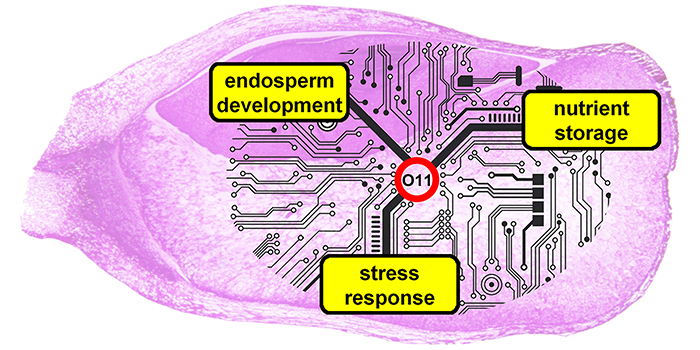
A Unified Maize Endosperm Regulatory Network
Research, The Plant Cell, The Plant Cell: In a NutshellFeng et al. show that the transcription factor O11 is a master regulatory protein in endosperm development. Plant Cell https://doi.org/10.1105/tpc.17.00616.
By Fan Feng and Rentao Song
Background: Maize is one of the most important crops both for food and industry. The main nutrients of maize…
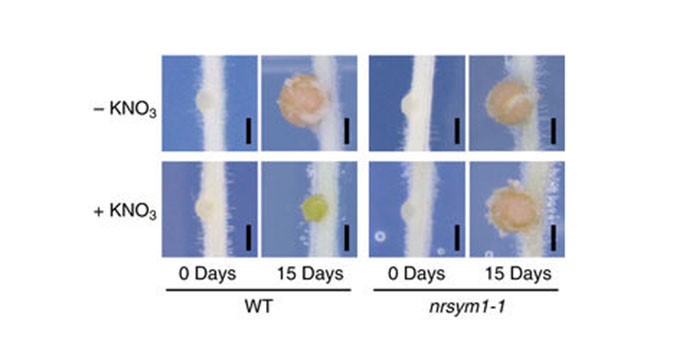
A NIN-LIKE PROTEIN mediates nitrate-induced control of root nodule symbiosis in Lotus japonicus
Plant Science Research WeeklyLegumes form root endosymbioses with Rhizobium bacteria in a special structure called nodule. In this symbiotic relationship, on one hand the plant provides the microbe with sugars and in exchange it receives fixed atmospheric nitrogen, the main limiting element for plant growth. Nevertheless, when nitrogen…

Ancient duons may underpin spatial patterning of gene expression in C4 leaves
Plant Science Research WeeklyC4 photosynthesis describes a biochemical CO2-concentrating mechanism that relies on the spatial separation of biochemistry between two cell types, mesophyll cells (MCs) and bundle sheath cells (BSCs). However, there is currently little evidence on how some genes are preferentially expressed in BSCs…
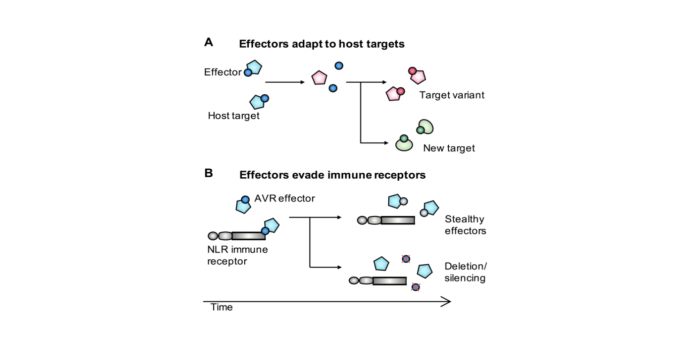
Review. The coming of age of EvoMPMI: evolutionary molecular plant-microbe interactions across multiple timescales
Plant Science Research WeeklyOften, a wide gap exists between evolutionary research, that is focused on theoretical approaches and organism evolution across multiple timescales, and molecular research aspiring to solve mechanistic puzzles of how particular systems work. Plant Biology is no exception to this, and much can be learnt…

Snapshot of a TF Network in Plants
Research, The Plant Cell, The Plant Cell: In a NutshellLi et al. investigate a transcription factor network that transmits environmental signals to regulate secondary metabolism in plants. The Plant Cell https://doi.org/10.1105/tpc.17.00805.
By Baohua Li and Daniel Kliebenstein
Background: Plants produce specialized secondary metabolites to survive…

The Phytohormone Ethylene and Transcriptional Repression
Research, The Plant Cell, The Plant Cell: In a NutshellZhang et al. investigate histone deacetylase in the ethylene response. Plant Cell (2017). https://doi.org/10.1105/tpc.17.00671
By Fan Zhang
Background: Ethylene is the only gaseous hormone in plants, and is a key hormone controlling plant growth and resistance to stress. Epigenetic mechanisms are…
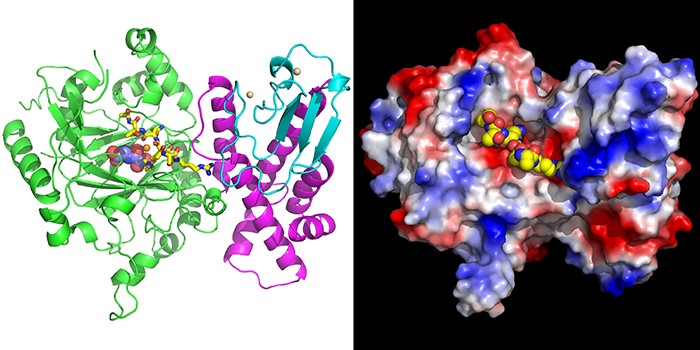
Structure of KDM5 Gives Insight to Histone Demethylation
Research, The Plant Cell, The Plant Cell: In a NutshellYang et al. reveal a conserved H3K4me3 recognition mechanism shared by both plant and animal KDM5 histone demethylases. The Plant Cell (2017). https://doi.org/10.1105/tpc.17.00666
By Z. Yang, Q. Qiu, X. Cao and J. Du
Background: Histone methylation is a conserved gene regulation mechanism in plants…
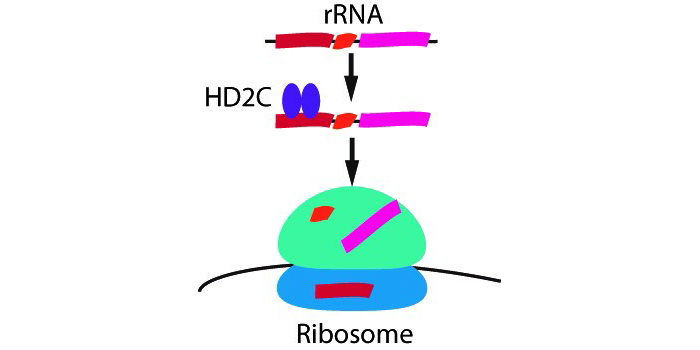
Ribosomes Meet Epigenetics
Research, The Plant Cell, The Plant Cell: In a NutshellChen et al. link chromatin modifying machinery with ribosome biogenesis. The Plant Cell (2018). https://doi.org/10.1105/tpc.17.00626
by Xiangsong Chen and Xuehua Zhong
Background: All cells need to make proteins to function properly. Ribosomes are the protein production factories consisting of…

Transposon-derived small RNAs triggered by miR845 mediate genome dosage response in Arabidopsis
Blog, Plant Science Research Weekly, Research, Research BlogNat. Genet. Silencing of transposable elements (TEs) is mediated epigenetically by DNA methylation, relying partially on RNA-directed DNA methylation (RdDM). RdDM-induced DNA methylation undergoes a global reprogramming in the male germline, allowing expression of imprinted genes regulating fertility…

